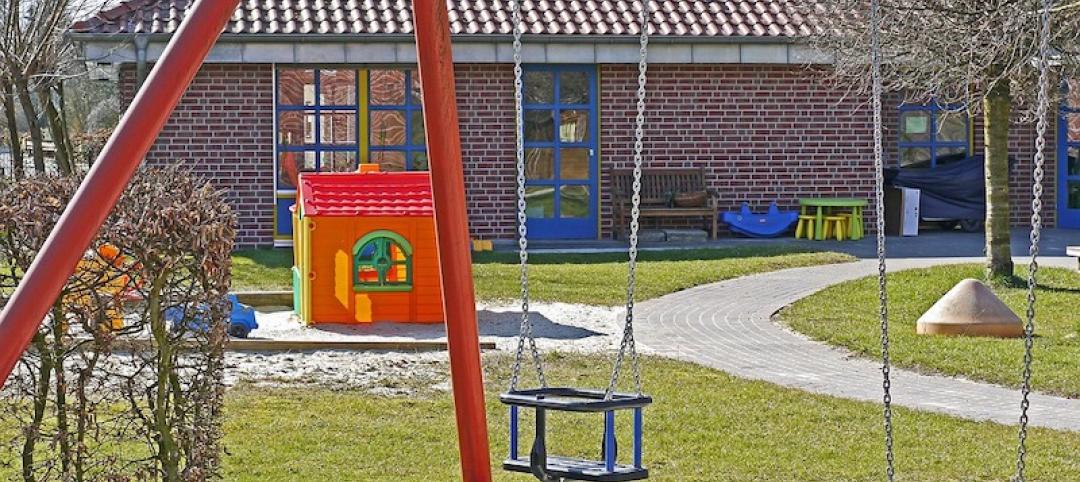The U.S. Green Building Council (USGBC) released a new LEED pilot credit designed to increase transparency in timber supply chains and reduce the risk of illegally harvested wood entering the supply chain.
Development of the Timber Traceability LEED pilot credit was led by a team of timber legality, forestry, and environmental representatives from organizations recognized for leading the fight against illegal logging. Transparency regarding the origin of timber, combined with the use of modern wood identification technologies, can significantly reduce the risk of illegal timber entering the supply chain, according to a USGBC news release.
Drawing on successful anti-counterfeiting initiatives in fashion and the global honey trade, experts believe that DNA, mass spectrometry, and stable isotope analysis can help wood to be traced from end product to its forest origin. This will make it significantly more difficult to falsify documentation about where the timber was harvested.
“Many of the most destructive illegal logging operations around the world depend on masking the true identity and origin of the wood, and this initiative by USGBC tackles that problem directly by incentivizing the latest wood ID technologies,” said Alexander von Bismarck, executive director, Environmental Investigation Agency. “Implementing this credit can lay a foundation to ensure that green buildings don’t become unwitting hiding places for wood stolen from the last great forests of the world.”
Related Stories
Codes and Standards | May 14, 2019
Database records more than 1,360 K-12 school shooting incidents since 1970
Naval Postgraduate School program maps locations nationwide.
Codes and Standards | May 13, 2019
In many cities, downtown housing comes with a hefty premium
Urban core living costs hundreds of thousands more in largest U.S. cities.
Codes and Standards | May 7, 2019
San Francisco plan would require largest commercial buildings to use 100% renewable electricity
First in the U.S. mandate would be phased in from 2022 to 2030.
Codes and Standards | May 7, 2019
ABC says best practices can improve construction companies’ safety by 680%
Daily ‘toolbox safety talks’ were most effective safety measures.
Codes and Standards | May 7, 2019
Office noise significantly reducing employee concentration, productivity, and creativity
Workplace distractions cause some to choose to work remotely.
Codes and Standards | May 7, 2019
WSP USA says it will be carbon neutral in 2019
Engineering firm will offset carbon at all offices and with employee business travel.
Codes and Standards | Apr 25, 2019
Report: Contractors invest $1.6 billion in workforce development annually
ABC members increased training spending 45% from 2013, according to a new report.
Codes and Standards | Apr 25, 2019
New York City’s Green New Deal would ban all-glass skyscrapers
The ambitious plan would also boost affordable housing, reduce building emissions, and update codes to account for sea level rise.
Codes and Standards | Apr 25, 2019
Chicago, Houston, and Dallas deemed ‘most dangerous cities for migratory birds’
The three cities are in the heart of North America’s most trafficked aerial corridors.
Codes and Standards | Apr 19, 2019
Notre Dame fire highlights danger of renovating historic structures
The devastating fire at Notre-Dame de Paris is the latest blaze to damage or destroy historic buildings while undergoing renovations. It highlights how vulnerable such structures are to fire while undergoing repairs.

















